工业涂装流水线:解码高效 “上色” 的操作密码
在工业生产的舞台上,涂装流水线如同一位技艺精湛的 “彩妆大师”,为各类工件披上色彩斑斓又耐用的外衣。看似复杂的涂装过程,实则遵循一套严谨有序的操作流程。从工件入场到成品下线,每一步都环环相扣,共同完成这场工业美学的塑造。
On the stage of industrial production, the painting assembly line is like a skilled "makeup master", covering various workpieces with colorful and durable coats. The seemingly complex painting process actually follows a rigorous and orderly operating procedure. From the entry of the workpiece to the production of the finished product, every step is interrelated, jointly completing the shaping of industrial aesthetics.
工件预处理:打造完美 “底色”
Workpiece pre-processing: Creating a perfect "base color"
工件进入涂装流水线的第一步,便是预处理环节,这就好比化妆前的皮肤清洁,是确保涂层质量的关键。首先,要对工件表面进行除油处理。工业生产中,工件表面常残留加工过程中的润滑油、防锈油等杂质,若不清除干净,会严重影响涂层附着力。常见的除油方法有溶剂清洗、碱性溶液清洗等,通过化学反应或溶解作用,将油污彻底清除。除油后,需进行除锈工序。无论是钢铁工件表面的铁锈,还是其他金属表面的氧化层,都要用喷砂、抛丸或化学酸洗等方式去除,使工件露出光洁的金属表面。最后,进行水洗和干燥,水洗是为了冲掉残留的清洗液和杂质,而干燥则是确保工件表面无水渍,避免水分导致涂层起泡、脱落。只有经过这一系列精细的预处理,才能为后续涂装打好基础。
The first step for the workpiece to enter the coating assembly line is the pre-treatment process, which is like skin cleaning before makeup and is the key to ensuring the quality of the coating. Firstly, the surface of the workpiece needs to be degreased. In industrial production, impurities such as lubricating oil and rust proof oil from the machining process often remain on the surface of the workpiece. If not cleaned thoroughly, it will seriously affect the adhesion of the coating. Common oil removal methods include solvent cleaning, alkaline solution cleaning, etc., which thoroughly remove oil stains through chemical reactions or dissolution. After oil removal, a rust removal process is required. Whether it is rust on the surface of steel workpieces or oxide layers on other metal surfaces, they should be removed by sandblasting, shot blasting, or chemical pickling to expose a smooth metal surface of the workpiece. Finally, water washing and drying are carried out. Water washing is used to flush away residual cleaning solution and impurities, while drying is used to ensure that there are no water stains on the surface of the workpiece, avoiding water from causing the coating to bubble or peel off. Only through this series of fine pretreatment can a solid foundation be laid for subsequent painting.
底漆喷涂:筑牢防护 “根基”
Primer spraying: Building a solid foundation for protection
预处理后的工件进入底漆喷涂环节。底漆就像建筑的地基,不仅能增强涂层与工件表面的附着力,还能起到初步防腐的作用。根据工件材质和使用环境的不同,底漆的种类也有所差异。对于金属工件,常选用环氧底漆,它具有良好的防锈性能和附着力;而对于塑料工件,则会使用专门的塑料底漆,以改善涂层与塑料表面的结合力。底漆喷涂方式多样,常见的有空气喷涂、静电喷涂等。空气喷涂通过压缩空气将涂料雾化并喷射到工件表面,操作灵活,适合各种形状的工件;静电喷涂则利用静电吸附原理,使涂料均匀地吸附在工件表面,能提高涂料利用率和涂层均匀性。喷涂过程中,需严格控制喷涂压力、距离和速度,确保底漆厚度均匀,一般底漆厚度控制在 15 - 30 微米之间。
The preprocessed workpiece enters the primer spraying stage. Primer is like the foundation of a building, which not only enhances the adhesion between the coating and the surface of the workpiece, but also plays a preliminary role in corrosion prevention. The type of primer varies depending on the material of the workpiece and the usage environment. For metal workpieces, epoxy primer is often used, which has good anti rust performance and adhesion; For plastic workpieces, specialized plastic primers are used to improve the adhesion between the coating and the plastic surface. There are various ways to spray primer, including air spraying, electrostatic spraying, etc. Air spraying atomizes and sprays paint onto the surface of workpieces through compressed air, which is flexible and suitable for various shapes of workpieces; Electrostatic spraying utilizes the principle of electrostatic adsorption to evenly adsorb the coating onto the surface of the workpiece, which can improve the utilization rate and uniformity of the coating. During the spraying process, it is necessary to strictly control the spraying pressure, distance, and speed to ensure uniform primer thickness. Generally, the primer thickness is controlled between 15-30 microns.
中间涂层与面漆喷涂:赋予绚丽 “色彩”
Intermediate coating and topcoat spraying: endowing brilliant "colors"
底漆干燥后,紧接着进行中间涂层喷涂。中间涂层主要起到填充、找平的作用,进一步提高涂层的平整度和丰满度,同时增强涂层的防护性能。中间涂层的涂料通常具有较好的打磨性,喷涂完成并干燥后,需进行打磨处理,消除表面的颗粒、流痕等缺陷,为面漆喷涂创造光滑的表面。打磨后的工件进入面漆喷涂工序,这是赋予工件最终色彩和外观的关键步骤。面漆的颜色和光泽度根据产品设计要求而定,可选择高光、哑光等不同效果的涂料。面漆喷涂同样要控制好各项参数,保证涂层颜色均匀、光泽一致,面漆厚度一般在 20 - 40 微米。为了使涂层达到更好的效果,一些高档产品还会进行罩光漆喷涂,增加涂层的耐磨性和耐候性,提升产品外观质感。
After the primer dries, the intermediate coating is sprayed immediately. The intermediate coating mainly plays a role in filling and leveling, further improving the flatness and fullness of the coating, while enhancing the protective performance of the coating. The intermediate coating usually has good polishing properties. After spraying and drying, it needs to be polished to eliminate surface defects such as particles and flow marks, creating a smooth surface for topcoat spraying. The polished workpiece enters the topcoat spraying process, which is a key step in endowing the workpiece with the final color and appearance. The color and glossiness of the topcoat are determined according to the product design requirements, and different effects of coatings such as high gloss and matte can be selected. The spraying of topcoat should also control various parameters to ensure uniform color and consistent gloss of the coating. The thickness of the topcoat is generally between 20-40 microns. In order to achieve better coating effects, some high-end products also undergo topcoat spraying to increase the wear resistance and weather resistance of the coating, and enhance the appearance and texture of the product.
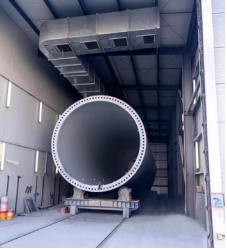
固化干燥:让涂层 “定型”
Curing and drying: shaping the coating
喷涂完成后的工件,需要经过固化干燥环节,使涂料中的树脂等成分发生交联反应,形成坚硬、牢固的涂层。固化干燥方式主要有自然干燥和加热干燥。自然干燥适用于干燥速度较慢、对温度敏感的涂料,但所需时间较长,生产效率较低。在工业涂装流水线中,更多采用加热干燥,如通过隧道式烘干炉、红外线烘干等方式。烘干过程中,要严格控制温度和时间,不同类型的涂料固化条件不同,温度过高或时间过长可能导致涂层变色、开裂,温度过低或时间不足则会使涂层固化不完全,影响性能。一般来说,烘干温度在 60 - 200 摄氏度之间,时间根据涂层厚度和涂料特性而定,从几分钟到几十分钟不等。
After spraying, the workpiece needs to go through a curing and drying process to cause cross-linking reactions of resin and other components in the coating, forming a hard and firm coating. The main methods of solidification drying are natural drying and heating drying. Natural drying is suitable for coatings with slow drying speed and temperature sensitivity, but it requires a longer time and has lower production efficiency. In industrial painting assembly lines, heating drying is more commonly used, such as through tunnel drying ovens, infrared drying, and other methods. During the drying process, temperature and time should be strictly controlled. Different types of coatings have different curing conditions. Excessive temperature or time may cause discoloration and cracking of the coating, while insufficient temperature or time may result in incomplete curing of the coating, affecting its performance. Generally speaking, the drying temperature is between 60-200 degrees Celsius, and the time depends on the thickness and characteristics of the coating, ranging from a few minutes to several tens of minutes.
质量检验与后处理:把好成品 “关卡”
Quality inspection and post-processing: ensuring the quality of finished products
经过固化干燥的工件,进入质量检验环节。检验人员会对涂层的外观、厚度、附着力、硬度等指标进行全面检测。通过目视检查涂层表面是否平整、有无流挂、气泡、色差等缺陷;使用测厚仪测量涂层厚度是否符合标准;通过划格试验、冲击试验等方法检测涂层附着力和硬度。对于不合格的产品,需进行返工处理,如补漆、重新打磨等。合格的工件还可能根据需要进行后处理,如贴标、包装等,最后成品下线,完成整个涂装流程。
After solidification and drying, the workpiece enters the quality inspection process. Inspectors will conduct a comprehensive inspection of the appearance, thickness, adhesion, hardness, and other indicators of the coating. Visually inspect the coating surface for flatness, sagging, bubbles, color differences, and other defects; Use a thickness gauge to measure whether the coating thickness meets the standard; Detect coating adhesion and hardness through methods such as grid test and impact test. For non-conforming products, rework is required, such as repainting, re polishing, etc. Qualified workpieces may also undergo post-processing as needed, such as labeling, packaging, etc., and finally the finished product is taken offline to complete the entire painting process.
工业涂装流水线的每一个操作步骤都凝聚着技术与经验,从预处理到成品下线,这套严谨的流程确保了工件在获得美观外观的同时,拥有可靠的防护性能,为工业产品的品质和价值提升提供了有力保障。
Every operation step of the industrial painting assembly line embodies technology and experience, from pre-treatment to finished product production. This rigorous process ensures that the workpiece has reliable protective performance while obtaining a beautiful appearance, providing strong guarantees for the quality and value improvement of industrial products.
本文由工业涂装流水线友情奉献.更多有关的知识请点击:http://www.sdcjtz.com我们将会对您提出的疑问进行详细的解答,欢迎您登录网站留言.
This article is dedicated to the automatic shot blasting machine and friendship For more information, please click: http://www.sdcjtz.com We will provide detailed answers to your questions. You are welcome to log in to our website and leave a message
上一篇:工厂焊烟超标 “突围战”:多工位除尘设备能否力挽狂澜?
下一篇:揭秘机器人涂装线:工业美学背后的 “机械交响乐团”


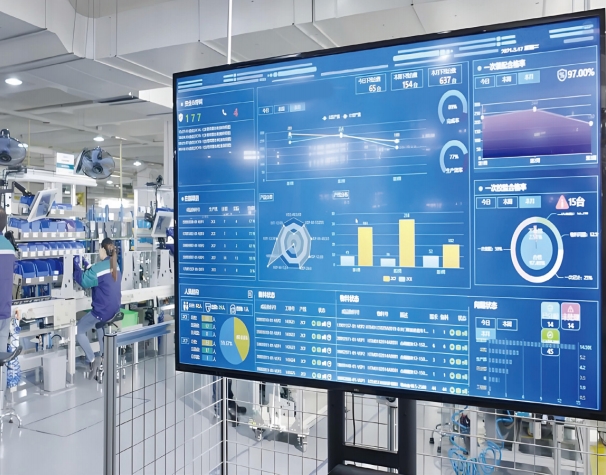

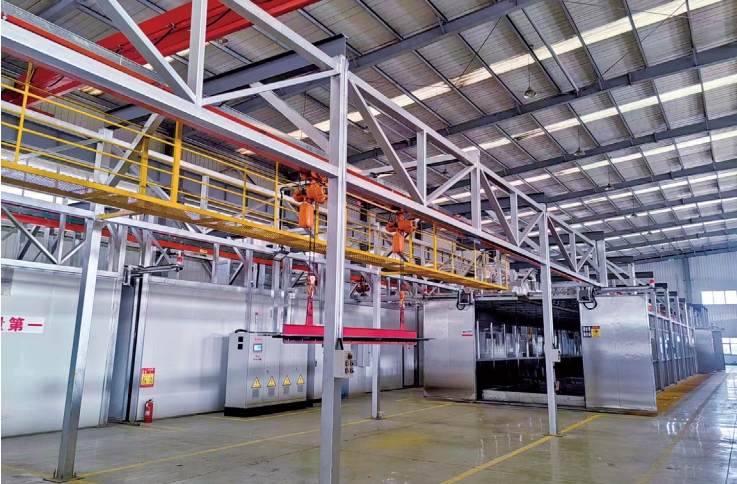
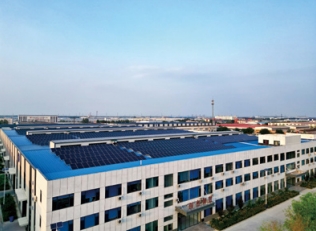
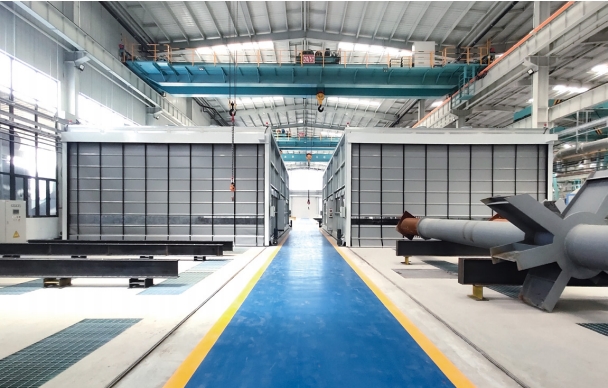
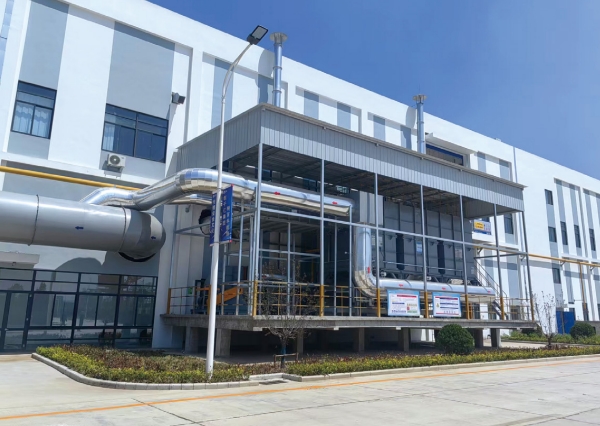
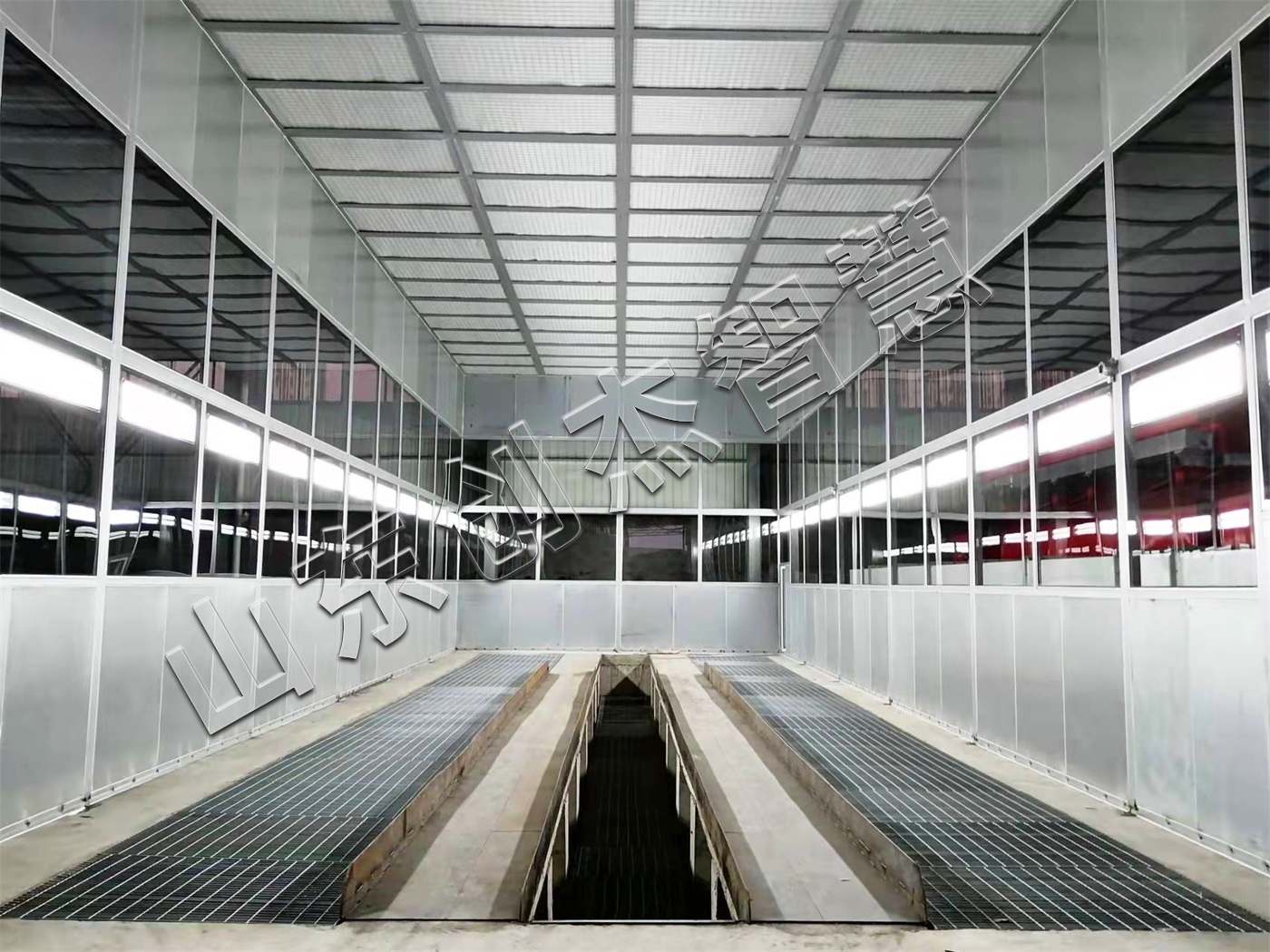
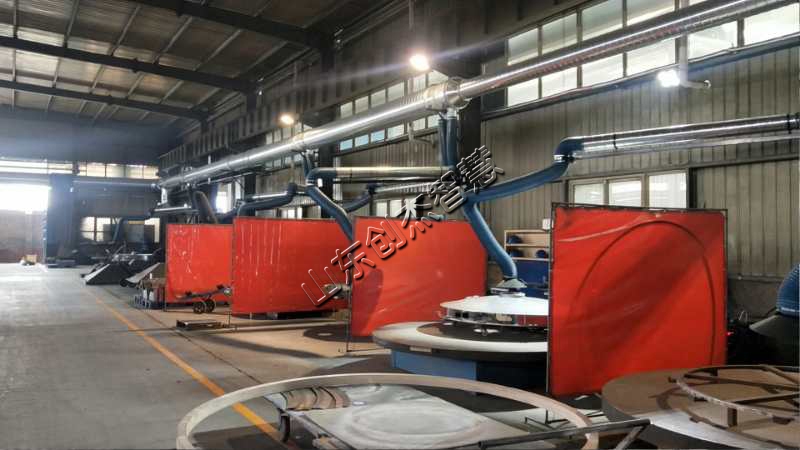
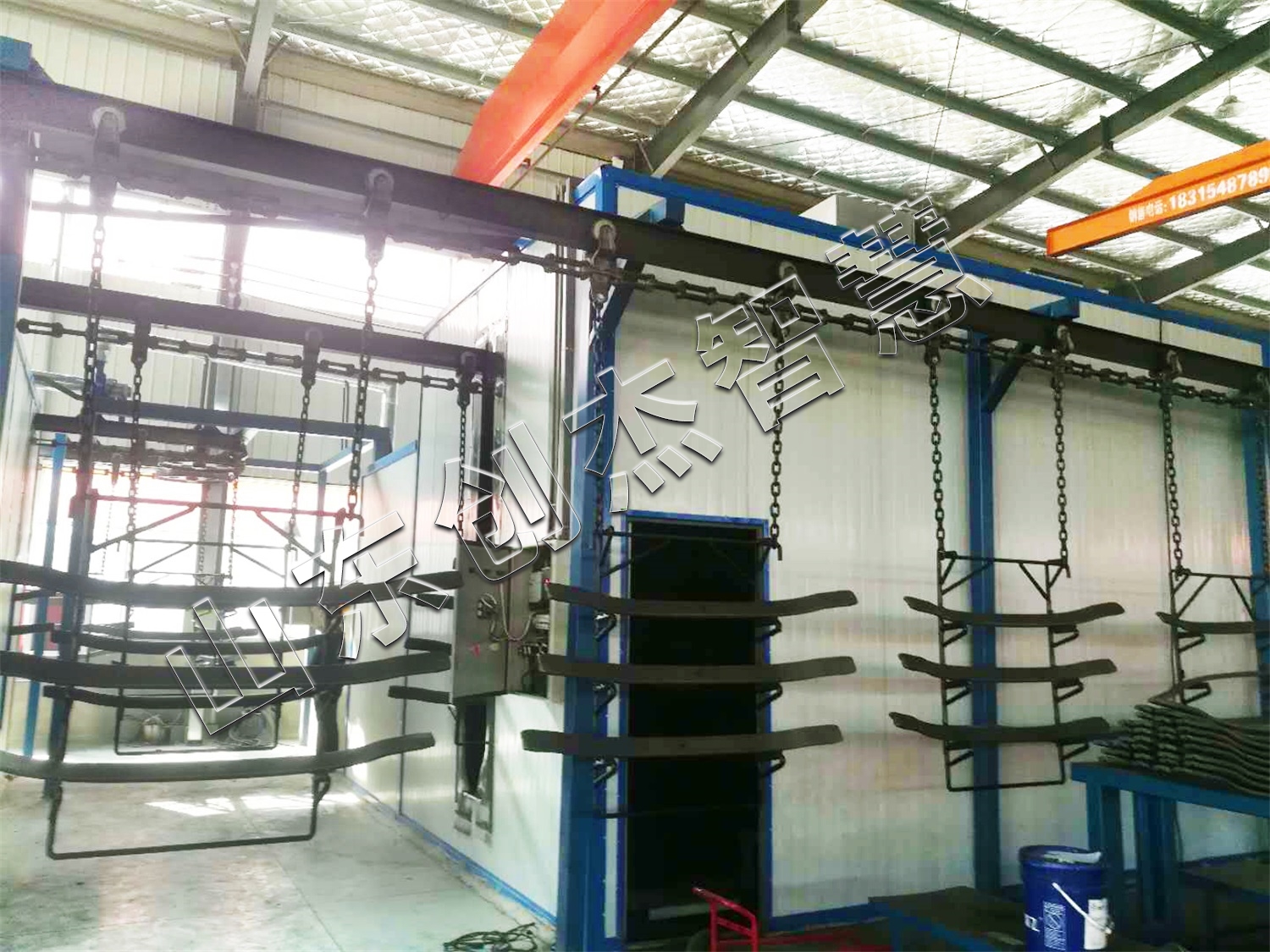
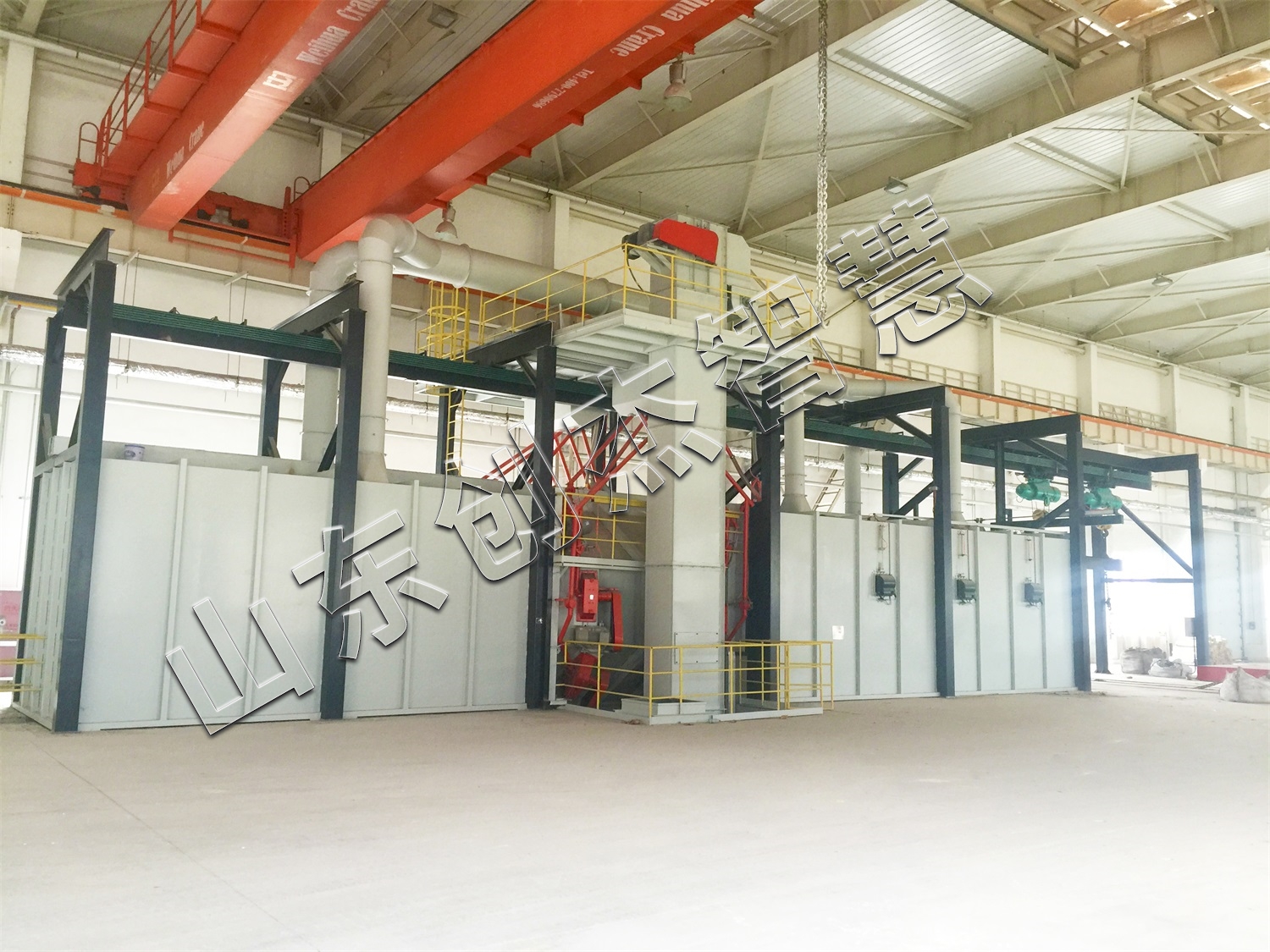
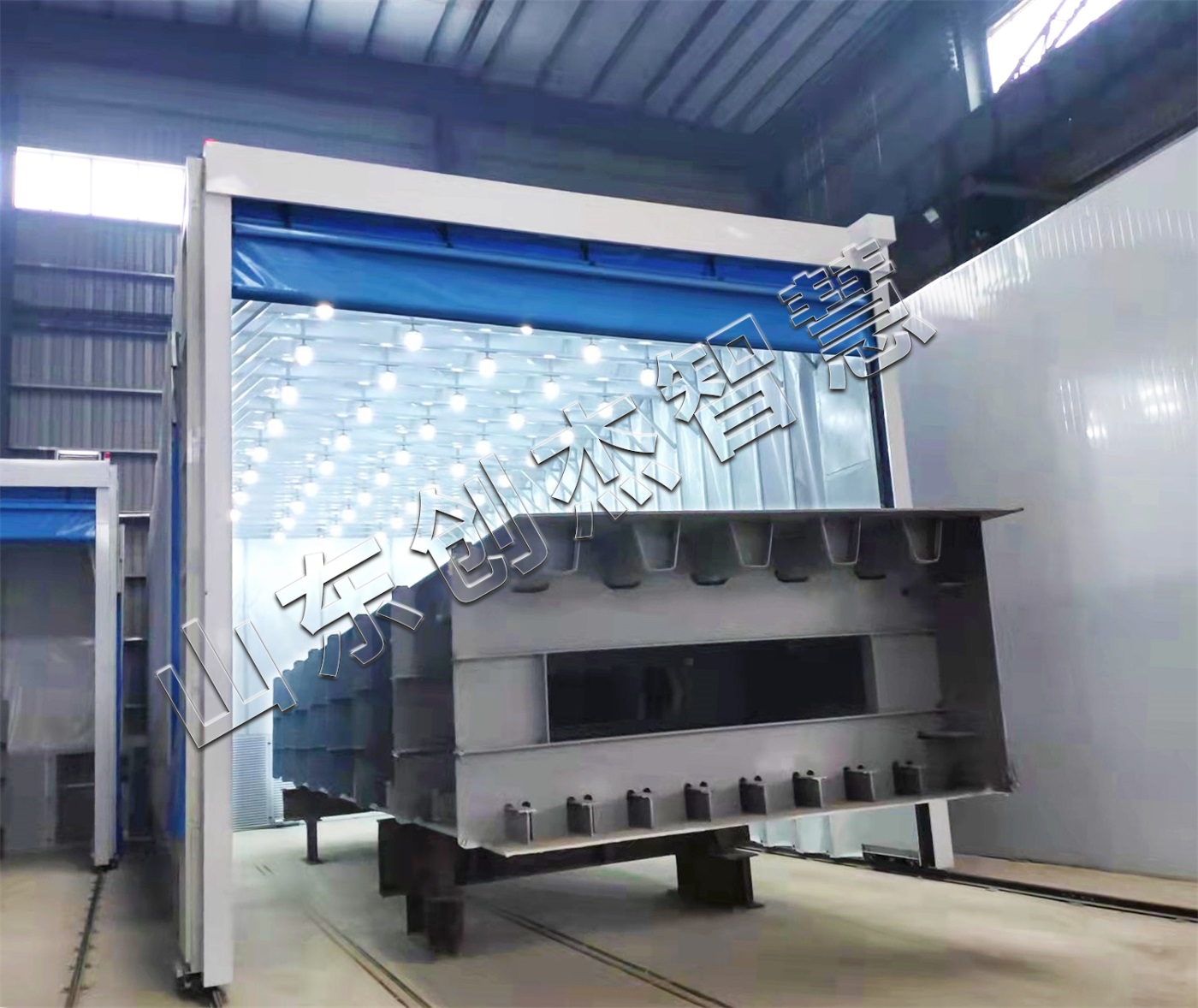
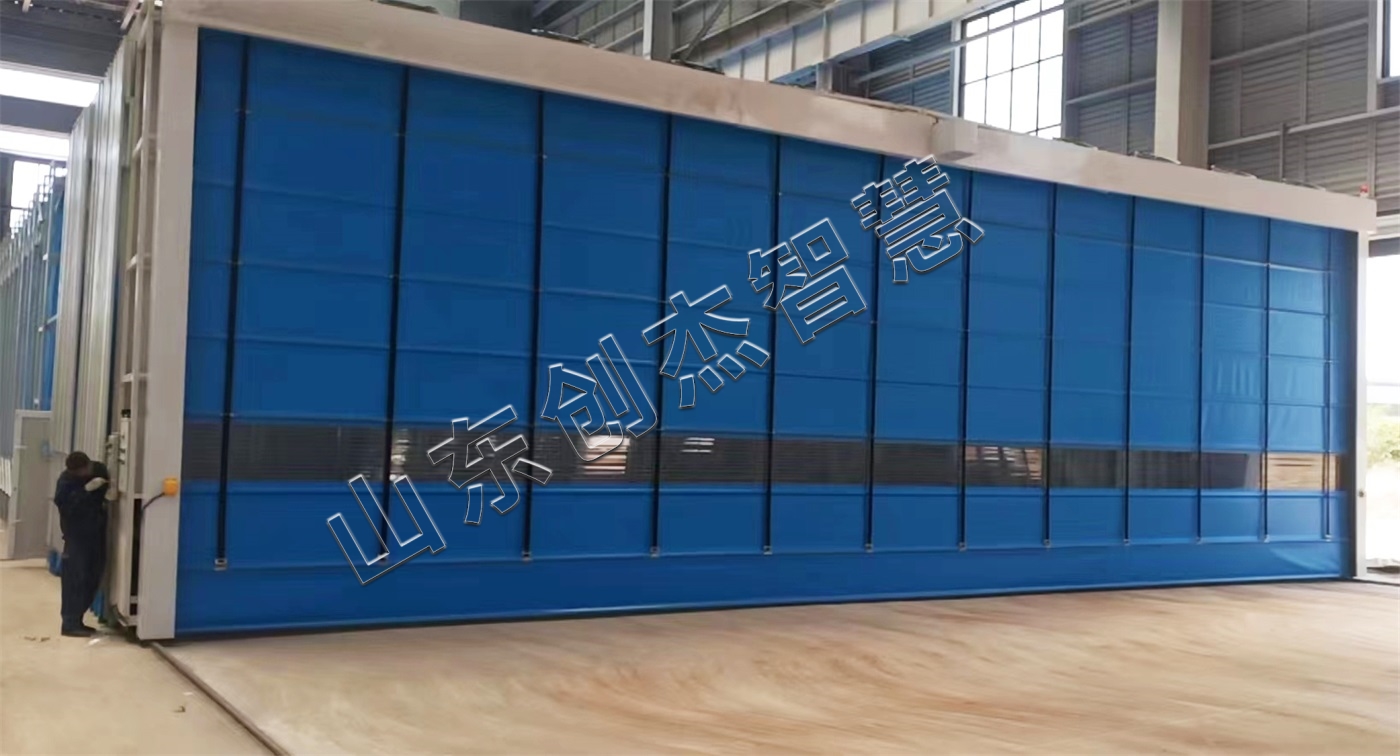

 鲁公网安备 37142502000144号
鲁公网安备 37142502000144号